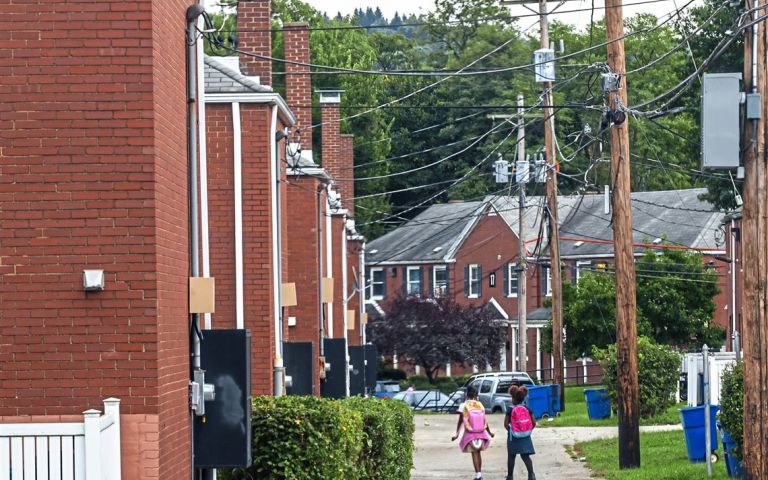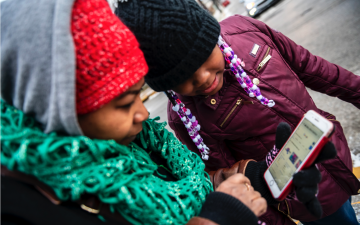Narrowed futures. Often, shortened lives. That's what children face when surrounded by poverty. And in southwestern Pennsylvania's fragmented patchwork of cities, boroughs, and townships, they're also likely to live in places without the resources to keep them safe, active and healthy.
"Poverty is a sledgehammer,” said Jamie L. Hanson, a professor at the University of Pittsburgh's Department of Psychology who studies the effects of poverty on the brain. “It hits at so many different places in people’s lives, from disrupting and challenging family situations to kind of these larger-scale stressful experiences in your community to maybe not having all of the economic resources, and these things then interact.”
The unhealthy habits, chronic diseases, and violence spawned by concentrated poverty create what he calls “a toxic context for kids and families.”
Combine that with an ineffective government, and the toxic cycle becomes difficult to break.
There are municipalities in southwestern Pennsylvania in which half of the kids live in poverty. They’ve got more than their fair share of kids and human needs. They’re short on stable, educated residents and starved for the funds needed to keep kids safe and healthy.
The Pittsburgh Post-Gazette, supported by a grant from the Pulitzer Center on Crisis Reporting, is exploring the data tying childhood deprivation to a host of other problems, and delving into a dozen communities in which half of the kids live in poverty. They're also looking for solutions, including in Scotland, where a nation has vowed to dramatically reduce child poverty.






